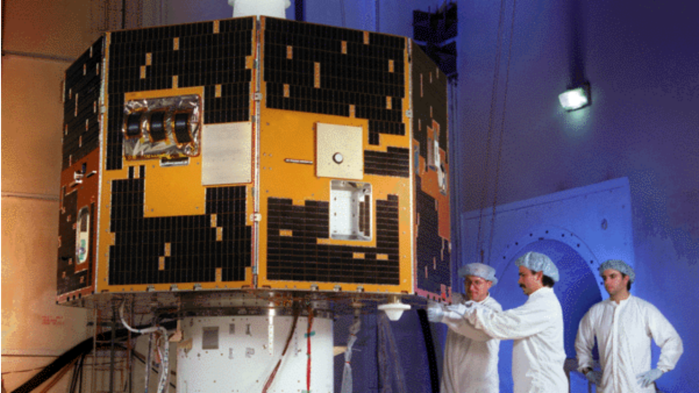
An amateur astronomer received signals from a long-lost NASA satellite while searching for signals from the 'lost' Zuma satellite.
Scott Tilley has claimed that he received signals from NASA's Imager for Magnetopause-to-Aurora Global Exploration (IMAGE) which had lost contact with its mission control 12 years ago due to system failure. He posted on his blog that NASA could revive the mission, which once provided unparalleled views of Earth's magnetosphere.
The $150 million worth IMAGE satellite which had been launched in 2000 to its high-earth orbit had lost its contacts in December 2005 and was believed to be dead. The astronomer got the signals from satellite labeled "2000-017A" during his observations on radio signals from spy satellites. He soon knew that the signals came from the once-dead mission and passed the information to the former members of the IMAGE's science team.
Patricia Reiff, a space plasma physicist at Rice University in Houston in Texas, and co-investigator on the mission said," The odds are extremely good that it's alive." The signals received from the satellite had more data than those of telemetry, indicating that some of the satellite instruments among its six components are still working.
Project scientists collected the old software and records of the mission and NASA will attempt to make contact with the satellite this week using its deep space radio antennas. Scientists at the Johns Hopkins University Applied Physics Laboratory in Laurel, Maryland, and researchers at the University of California, Berkeley would soon join the mission to regain control over the same.
However, the research teams are puzzled about the lower rotation rate of the satellite which may make the communication more challenging. Reiff said that the team is collectively holding their breath for some real information exchange between IMAGE and ground stations.
The mission was considered successful prior to its shut down. It worked like a telescope which provided a global view of charged particles in earth's magnetic field. IMAGE instruments studied energetic neutral particles ejected by collisions of atoms in the inner atmosphere and created a broad-scale picture of the region and its interactions with the sun. Reiff stated that the instrument is very useful for casting space weather and helps to understand the global response of the magnetosphere to solar storms.
The mission had lost its control due to a misfire of the controller which provides power to the satellite's transponder before Christmas in 2005. However, the possibility still existed that the mission might come back to its life by resetting itself at certain points in its orbit when earth eclipses its solar panels for a longer duration. Such eclipses had occurred last year and 5 years before which might have drained its batteries giving life to the once-dead mission.
Scientists believe that IMAGE could be readjusted to Earth's northern auroral zone once after gaining the controls.
Meanwhile, scientists have not given any public updates on the Zuma satellite which is believed to have lost control during initial stages of its orbiting.
SpaceX Falcon 9 launcher data stated that the launch vehicle had worked perfectly. However, authorities have not yet mentioned objectives of Zuma satellite, making it a mystery.









